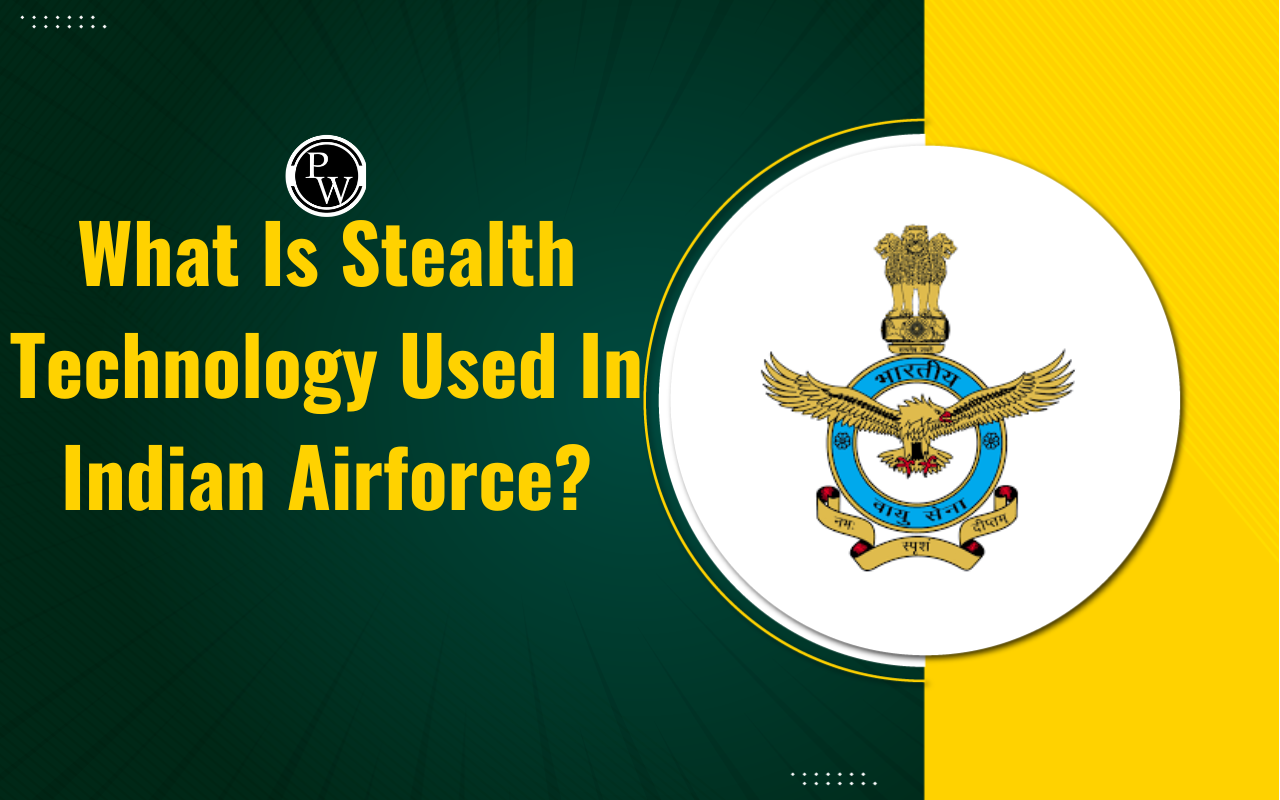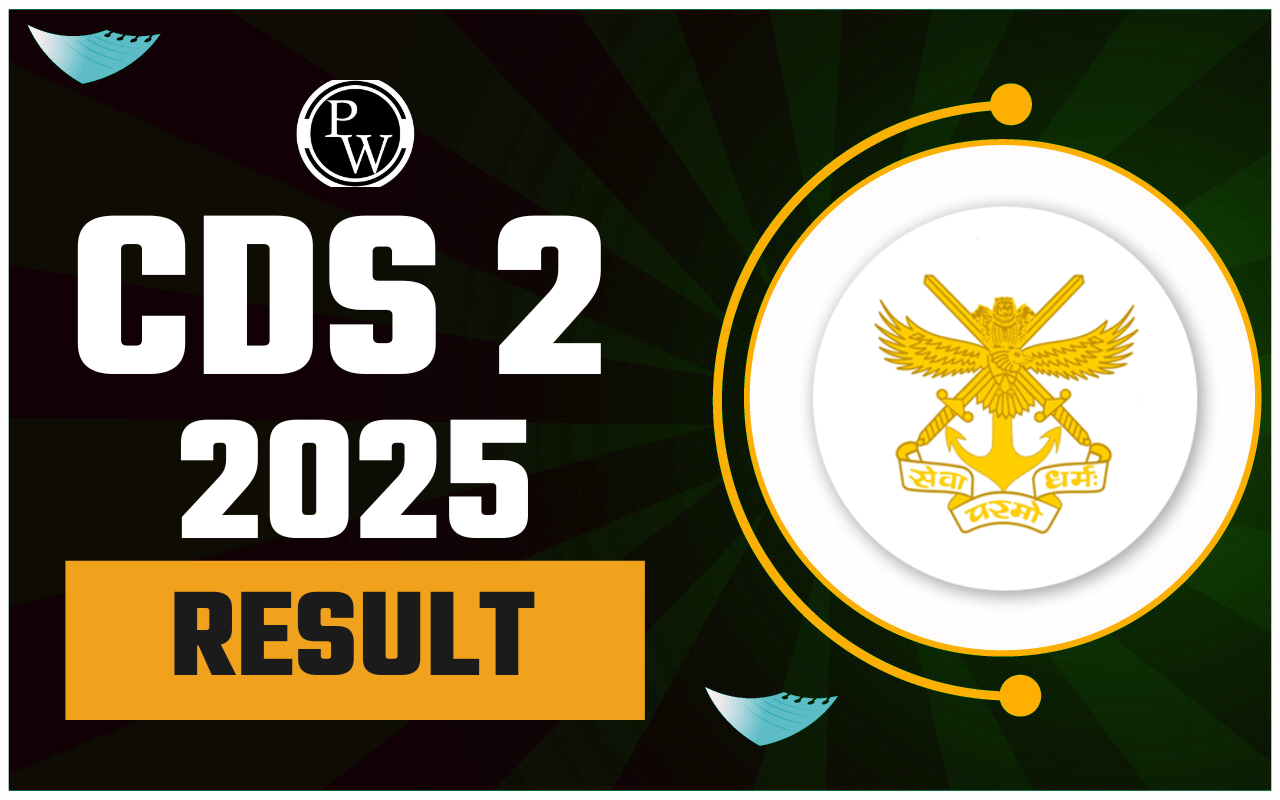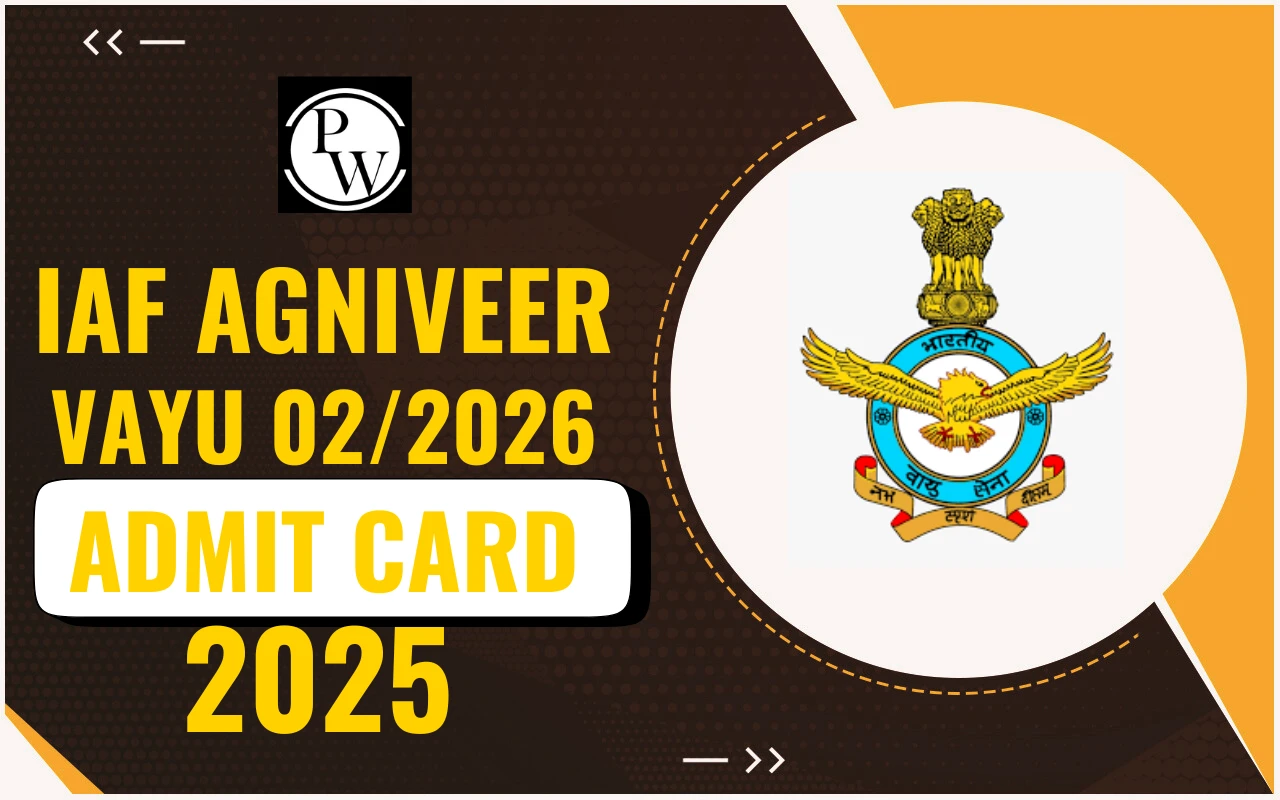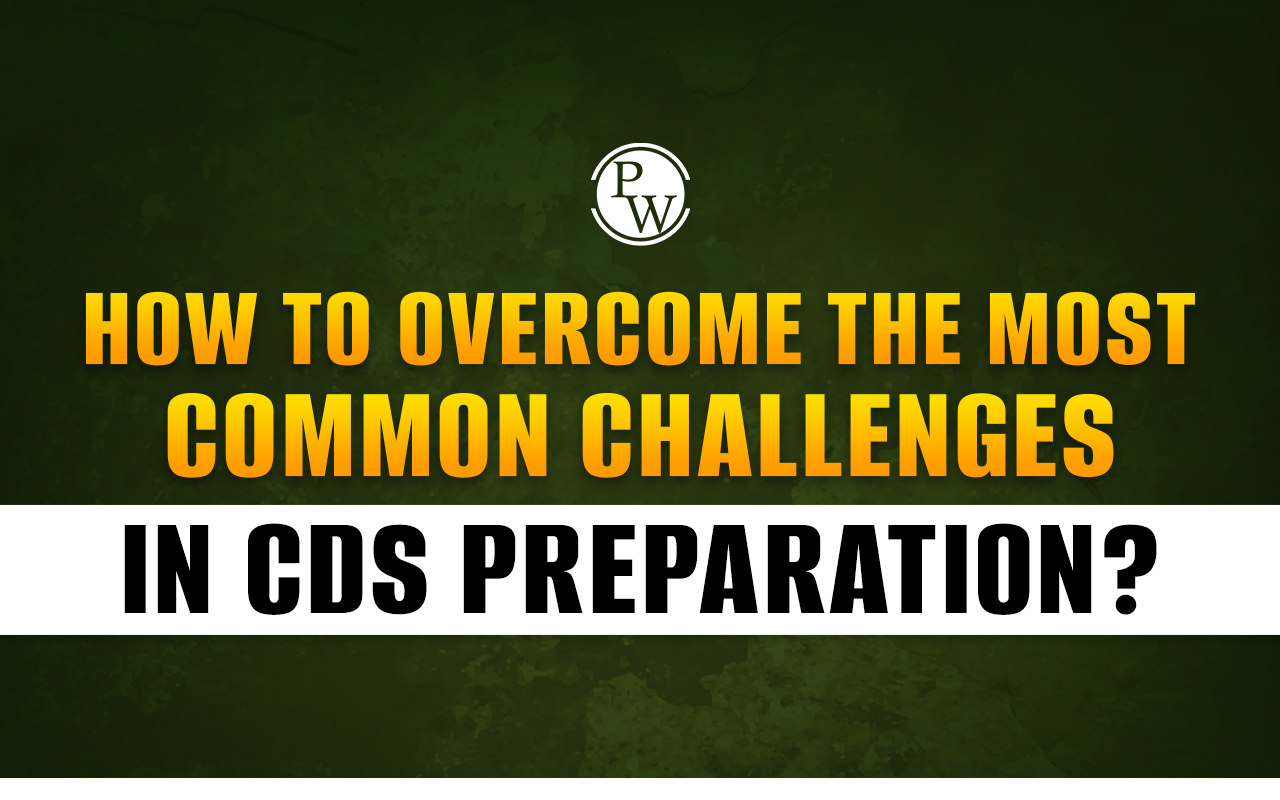

What Is Stealth Technology Used In Indian Airforce? Stealth technology, also known as Low Observable (LO) technology, is a crucial aspect of modern military aviation, designed to make aircraft less detectable by radar, infrared, sonar, and other detection methods. The Indian Air Force (IAF) has been actively integrating stealth technology to enhance its operational capabilities, ensuring superior performance and survivability in modern combat scenarios. This article explores the principles, history, and specific applications of stealth technology within the Indian Air Force.
Principles of Stealth Technology
Let us understand the principles on which stealth technology in aircraft is based:-
Radar Cross-Section (RCS) Reduction:
- Shape and Design: Stealth aircraft are designed with flat, angled surfaces that deflect radar waves away from the source, reducing the radar signature. Smooth curves and the absence of right angles also help minimize reflections.
- Material Use: Radar-absorbent materials (RAM) are used to coat the aircraft’s surface, absorbing radar waves rather than reflecting them, which further reduces the aircraft’s detectability.
-
Infrared Signature Reduction:
- Engine Placement and Exhaust Management: Engines are often buried within the fuselage, and special exhaust nozzles are used to cool and diffuse hot gases, minimizing heat signatures.
- Cooling Systems: Advanced cooling systems reduce the temperature of the aircraft’s skin and exhaust, making it harder to detect with infrared sensors.
-
Acoustic and Visual Signature Reduction:
- Noise Reduction: Technologies are incorporated to reduce engine and aerodynamic noise, making the aircraft less detectable.
- Low-Visibility Coatings: Special paints and coatings make the aircraft less visible to the naked eye and night-vision equipment.
-
Electronic Emission Control:
- Emission Reduction: Stealth aircraft minimize electronic emissions by using passive sensors and reducing the use of active radar and communication systems.
- Jamming and Decoys: Advanced electronic warfare systems are used to jam enemy radars and create decoys, confusing detection systems.
Stealth Technology in the Indian Air Force
The Indian Air Force (IAF), recognizing the immense potential of stealth technology, has been integrating these advancements to bolster its air superiority and mission effectiveness. Here, we will explore the principles of stealth technology and examine the specific aircraft within the IAF that employ these cutting-edge features.LCA Tejas
-
Overview:
- The Light Combat Aircraft (LCA) Tejas, developed by Hindustan Aeronautics Limited (HAL), incorporates some stealth features such as reduced radar cross-section through its design and the use of radar-absorbent materials. While not a full-fledged stealth aircraft, Tejas represents a significant step in integrating stealth principles into indigenous aircraft.
-
Design Features:
- The Tejas has a low frontal RCS due to its compact design, use of composite materials, and attention to detail in minimizing the aircraft’s radar signature.
Advanced Medium Combat Aircraft (AMCA)
-
Overview:
- The AMCA is India's ambitious project aimed at developing a fifth-generation stealth fighter. With advanced stealth features, the AMCA will have a low radar cross-section, advanced avionics, and superior maneuverability.
-
Stealth Features:
- The AMCA design includes an internal weapons bay, serpentine air intakes to shield engine compressors from radar, and extensive use of RAM. Its shape and structure are optimized for minimal radar reflection.
-
Expected Capabilities:
- The AMCA is expected to perform air superiority, ground attack, and electronic warfare missions, providing a significant edge in modern aerial warfare.
Future Projects and Collaborations to Utilize Stealth Technology
In this section, we will explore the upcoming projects and international partnerships that will shape the future of stealth technology within the Indian Air Force, ensuring it remains at the forefront of modern aerial warfare.-
Collaborations with Global Leaders:
- India has been exploring collaborations with countries like the United States, Russia, and Israel to enhance its stealth technology capabilities. These collaborations aim to integrate cutting-edge stealth technologies into Indian platforms and develop indigenous solutions.
-
Research and Development:
- The Defence Research and Development Organisation (DRDO) is actively involved in researching advanced stealth technologies, including metamaterials and adaptive camouflage. These advancements are expected to further enhance the stealth capabilities of Indian aircraft.
Applications of Stealth Technology in the Indian Air Force
By integrating advanced design principles and cutting-edge materials, the IAF is able to maintain air superiority and execute complex missions with reduced risk of detection. Before we look into the specific applications of stealth technology within the IAF, let's explore the fundamental principles that make this technology so pivotal in modern warfare.-
Fighter Aircraft:
- Future stealth fighters like the AMCA will be designed for air superiority and strike missions, capable of penetrating enemy airspace and engaging targets without detection.
-
Unmanned Aerial Vehicles (UAVs):
- Stealth UAVs are being developed for surveillance, reconnaissance, and strike missions, allowing for high-risk operations without risking pilot lives.
-
Advanced Training and Simulation:
- Incorporating stealth technology into training programs and simulation exercises ensures that Indian pilots are well-prepared to operate and counter stealth aircraft.
What Is Stealth Technology Used In Indian Airforce? FAQs
Q1. What is stealth technology?
Ans. Stealth technology is a set of techniques used in aircraft design and materials to reduce their visibility to radar, infrared, and other detection methods. It aims to make the aircraft less detectable, enhancing its survivability and effectiveness in combat.
Q2. Why is stealth technology important for the Indian Air Force?
Ans. Stealth technology allows the Indian Air Force to conduct operations with reduced risk of detection, giving it a strategic advantage in air superiority and allowing it to carry out missions more effectively and safely.
Q3. Which aircraft in the Indian Air Force use stealth technology?
Ans. Key aircraft in the Indian Air Force incorporating stealth technology include the Light Combat Aircraft (LCA) Tejas and the Advanced Medium Combat Aircraft (AMCA), with future enhancements expected as these projects develop.
Q4. How does stealth technology reduce radar visibility?
Ans. Stealth technology reduces radar visibility through the use of specialized materials and design techniques that absorb or deflect radar waves, minimizing the aircraft's radar cross-section.
Q5. What are the benefits of stealth technology for Indian Air Force operations?
Ans. The benefits include improved survivability in hostile environments, enhanced ability to penetrate enemy defenses, and increased effectiveness in executing precision strikes and reconnaissance missions.
Talk to a counsellorHave doubts? Our support team will be happy to assist you!

Free Learning Resources
PW Books
Notes (Class 10-12)
PW Study Materials
Notes (Class 6-9)
Ncert Solutions
Govt Exams
Class 6th to 12th Online Courses
Govt Job Exams Courses
UPSC Coaching
Defence Exam Coaching
Gate Exam Coaching
Other Exams
Know about Physics Wallah
Physics Wallah is an Indian edtech platform that provides accessible & comprehensive learning experiences to students from Class 6th to postgraduate level. We also provide extensive NCERT solutions, sample paper, NEET, JEE Mains, BITSAT previous year papers & more such resources to students. Physics Wallah also caters to over 3.5 million registered students and over 78 lakh+ Youtube subscribers with 4.8 rating on its app.
We Stand Out because
We provide students with intensive courses with India’s qualified & experienced faculties & mentors. PW strives to make the learning experience comprehensive and accessible for students of all sections of society. We believe in empowering every single student who couldn't dream of a good career in engineering and medical field earlier.
Our Key Focus Areas
Physics Wallah's main focus is to make the learning experience as economical as possible for all students. With our affordable courses like Lakshya, Udaan and Arjuna and many others, we have been able to provide a platform for lakhs of aspirants. From providing Chemistry, Maths, Physics formula to giving e-books of eminent authors like RD Sharma, RS Aggarwal and Lakhmir Singh, PW focuses on every single student's need for preparation.
What Makes Us Different
Physics Wallah strives to develop a comprehensive pedagogical structure for students, where they get a state-of-the-art learning experience with study material and resources. Apart from catering students preparing for JEE Mains and NEET, PW also provides study material for each state board like Uttar Pradesh, Bihar, and others
Copyright © 2025 Physicswallah Limited All rights reserved.










